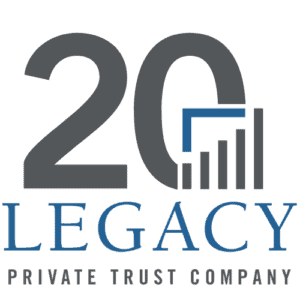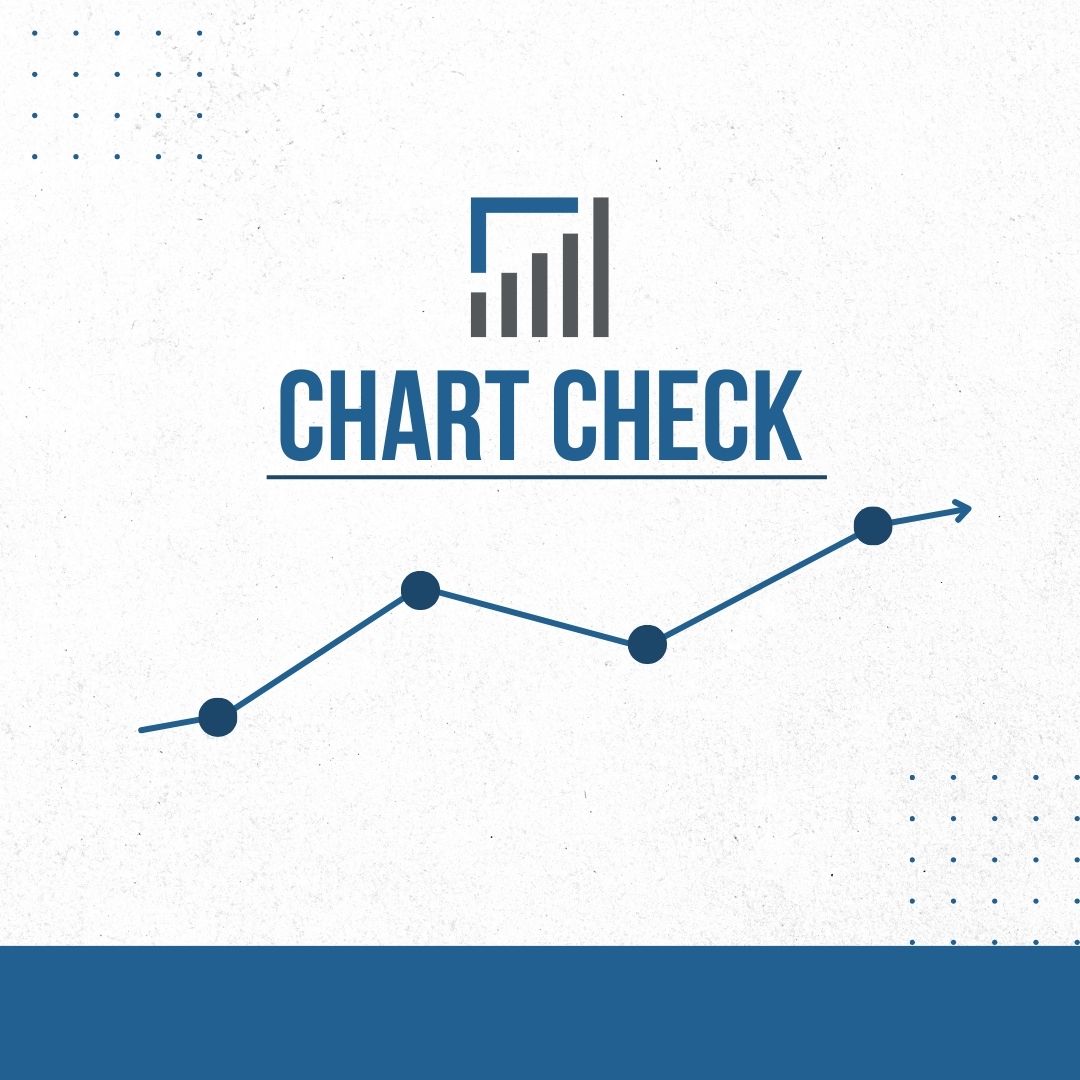The retirement journey is both exhilarating and daunting. One of the most frequently posed questions in this voyage concerns how much one can safely withdraw from their retirement nest egg without depleting it. Enter the often-discussed “4% Rule.”
A Brief History of the 4% Rule
In the mid-90s, a groundbreaking study emerged, proposing a potential solution to this conundrum. For someone kicking off their retirement with a $1 million portfolio, this rule suggested that they could safely withdraw 4% or $40,000 annually. The unique twist? This amount would be adjusted annually for inflation, ensuring the real-world purchasing power remains constant. The study was based on a portfolio divided equally between stocks and bonds, and its findings were validated against the financial market performance from 1926 to 1991. Remarkably, in no scenario spanning 30 years did the account ever deplete fully. Consequently, this “4% Rule” has woven its way into many personal finance books and even features on state and federal websites.
Shaking the Foundations: New Research on the 4% Rule
But like any rule, especially one based on past performance, the 4% rule has seen its share of scrutiny. Recent research spearheaded by professors Aizhan Anarkulova, Scott Cederburg, Michael S. O’Doherty, and Richard Sias delved deeper into the matter. They not only had an additional 30 years of data at their disposal after the 1994 study but also extended their research lens to international financial markets. A striking example comes from Japan, where, from 1990 to 2019, the stock market saw a chilling -9% nominal return. When adjusted for inflation, this sinks even lower to a real return of -21%.
Taking their research up a notch, the professors tested a slightly varied portfolio makeup – 60% in equities and 40% in bonds. Their findings were startling:
- Adhering to the 4% withdrawal rate (while adjusting for inflation) exposes retirees to a 17.4% risk of exhausting their portfolio in their lifetime.
- To minimize this risk to a mere 1%, one would need to reduce their withdrawal rate dramatically to 0.80%, translating to an annual drawdown of just $8,000.
- For those open to a 5% risk margin, a 2.26% withdrawal rate or $22,600 annually from a $1 million portfolio might be viable.
- As life expectancy grows, the risks evolve. While 2.26% might work for today’s retirees, future generations, particularly today’s newborns, might be safer with a 1.95% withdrawal rate.
Understanding Context and Flexibility
These findings, though sobering, shouldn’t be seen in isolation. The 4% rule, while a useful benchmark, is not a one-size-fits-all mandate. It’s essential to adapt based on current market conditions. A 4% withdrawal might fall short of the total return in buoyant market phases, letting the portfolio grow. Conversely, in downturns, especially during the initial retirement years, it might be prudent to withdraw less than 4% to preserve future stability.
Moreover, there are additional strategies to consider. Delaying retirement, for instance, until 70 or even later, can significantly reduce the risk of depleting one’s savings, given that the window to potential end-of-life shortens.
Your Guide Through the Retirement Labyrinth
Embarking on retirement is a monumental milestone. Having the right partner, like Legacy, ensures you’re asking the right questions and finding the solutions that fit your unique situation. Our retirement planning services are crafted to guide you through every challenge and joy that retirement presents.
If you are a Legacy client and have questions, please do not hesitate to contact your Legacy advisor. If you are not a Legacy client and are interested in learning more about our approach to personalized wealth management, please contact us at 920.967.5020 or info@lptrust.com.
This newsletter is provided for informational purposes only.
It is not intended as legal, accounting, or financial planning advice.




